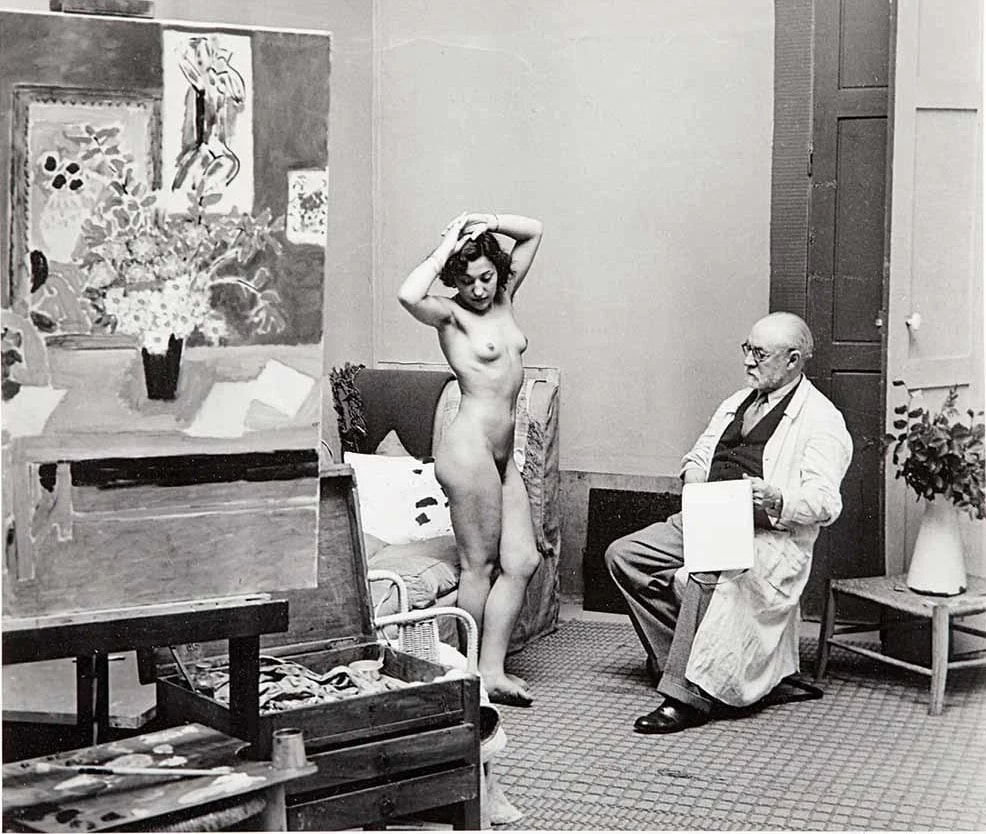One of the most renowned photographers of the interwar period, Brassaï, born Gyula Halász, enjoyed a natural affinity with Paris, revelling in the city's rich atmosphere and photographic potential. The artist's photographs of Parisian street scenes would later come to epitomise the Surrealist uptake and embodiment of the flâneur.
Prints For Sale (4):
Artist Biography
Brassaï
Romania
B. 1899-1984
EnquireEarly Life
Brassaï was born in Brasso, Transylvania, now Brasov in Romania, on 9 September 1899. His father was a professor of French literature at Brasov University, and Halász was brought up in an academic, comfortable environment. He studied at the Hungarian Academy of Fine Arts in Budapest, before being drafted into the cavalry regiment of the Austro-Hungarian army during the First World War. Then, in 1920, he began a career in journalism and publishing.
In 1924, Halász moved to work in Paris, the place with which he is now most closely associated. Both through his work and life in Montparnasse, he quickly became close to many artists, writers and photographers. In particular, he became friendly with the Hungarian André Kertész, who tutored him. By 1929, Halász was taking regular photographs and began to specialise in night photography, a practice that had become popular in Paris at the time. He would wander the streets at night, photographing the people and buildings that he came across, often with an overtly Surrealist approach. By 1932, he had adopted the pseudonym ‘Brassaï’, meaning ‘from Brasso’ in his native tongue, and had taken up photography as his principal activity.
Photographic Career
Brassaï seemed to have a natural affinity with Paris, revelling in its rich atmosphere and photographic potential. In 1933, he published his first book, Paris De Nuit, which was met with great critical acclaim, and has proven hugely influential ever since: Bill Brandt, for example, was particularly inspired by it.
Brassaï’s best known photographs come from the 1930s, and deal with Paris’s seamier side: prostitutes, down and outs, drinkers, pimps and other inhabitants of the night, all taken in poor light, and filled with brooding atmosphere and implied narratives. Late in the decade, he added further to this repertoire by focusing on the city’s graffiti, the subject of a solo exhibition at New York’s Museum of Modern Art in 1957. However, he also photographed the more respectable sections of Paris society: its writers, artists, intellectuals, operas and ballets.
In 1935 he joined the Rapho photographic agency, and quickly became world-famous for his images of Paris: a city that seemed the centre of all things artistic during the inter-war period. He was also a prolific writer, film-maker and sculptor.





